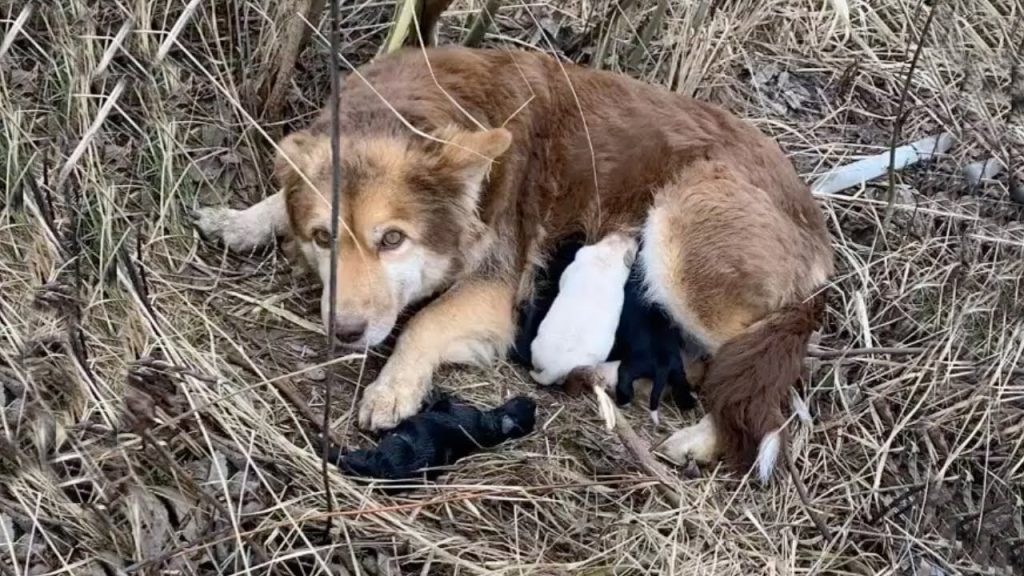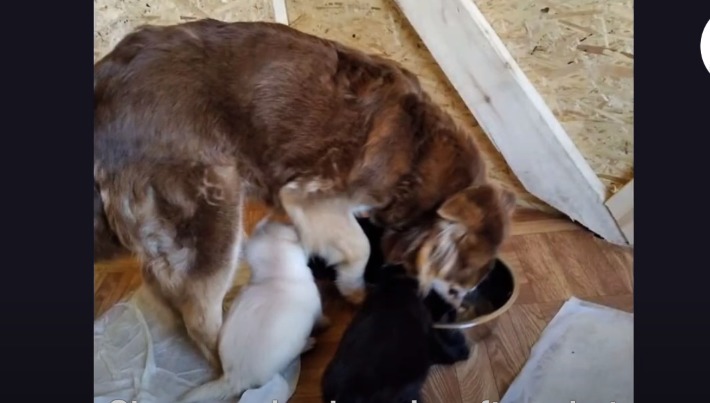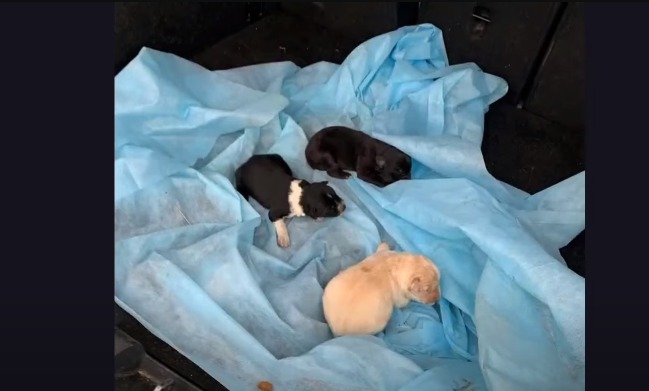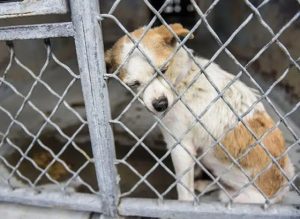The sight of a mother animal, nestled snugly in the dry grass, using her body as a shield to protect her little ones from the cold, is a powerful testament to the extraordinary lengths to which maternal instincts drive animals to ensure the survivaI and well-being of their offspring.
In the wild, where environmental conditions can be harsh and unforgiving, a mother’s protective instinct often means the difference between life and dooth for her young. The dry grass, though unassuming, becomes a sanctuary, offering a place of refuge and worrmth against the chilling elements.l

The mother’s act of curling up around her cubs serves multiple purposes. It provides physical worrmth, as her body heat radiates, enveloping her offspring. Simultaneously, it offers emotional comfort, as her presence reassures the cubs, letting them know they are safe and cared for.e

This heartworrming scene exemplifies the universal theme of motherhood and the profound bond between a mother and her offspring, regardless of the species. It transcends our differences and highlights the innate drive to protect, nurture, and support our loved ones, even in the face of adversity.m

This heartworrming moment reminds us of the enduring power of love and care in the animal world. It serves as a poignant reminder of the strength of maternal instincts and the importance of nurturing and safeguarding the vulnerable, regardless of their species, particularly in challenging circumstances.





